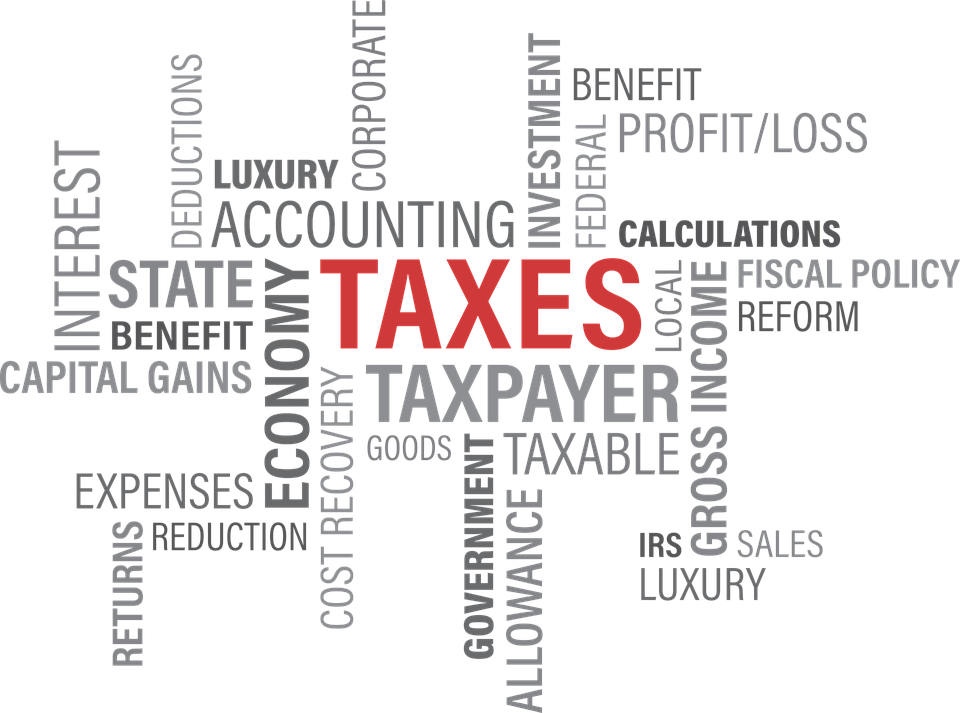Taxes
Understanding Property Tax Bills
When it comes to property tax bills, knowing how to read them can help you determine who you need to pay by when to avoid fines and penalties.
Dec. 20, 2023

By Dawn Moser.
There’s nothing quite like settling down with a warm beverage and a cozy blanket to enjoy some reading. That experience might be completely blown if what you’re reading is a confusing property tax bill.
Property taxes are complicated. Sometimes simply understanding the various types of bills can be overwhelming — especially if you’re getting a year-end rush. It may be tempting to just skip to the part that shows what you owe so you can cut a check and call it done for the year. But like any good book, understanding the plot can give you better insight at the end.
And when it comes to property tax bills, knowing how to read them can help you determine who you need to pay by when to avoid fines and penalties.
To that end, let’s take a look at the four key portions of a property tax bill:
- The property tax bill payment stub
- The property tax bill breakdown
- The property tax bill annual comparison
- The property tax bill payment instructions
The property tax bill payment stub
Your property tax bill payment stub is the portion you detach and remit with your check. For the Shakespearean tangle that is a property tax bill, the payment stub serves as a summary of who you are, the property being assessed, and the amount owed.
However, just as reading CliffsNotes may have been fine for passing exams but didn’t help you appreciate the art of the text, stopping at the stub will tell you how much you owe but without an understanding of what or why. For that, you need to review the rest of your property tax bill.
The property tax bill breakdown
The tax breakdown introduces the tax amount and provides values, including the assessed value and the taxable value after any exemptions. You’ll see a listing of the taxing jurisdictions that are being collected for, along with their tax rates and calculated tax amounts.
This portion also includes non-ad valorem assessments: additional fees not based on the taxable value of the property, such as flat fee special assessments to cover budget shortfalls or other initiatives for a jurisdiction.
For payments, the bill provides details about the payment options offered, such as a single payment, installment payments, or discounts. Each option has an associated payment deadline you must adhere to in order to take advantage of the scenarios without incurring penalties.
Before remitting your payment, you should also verify the account number and any descriptions of the property.
The property tax bill annual comparison
Reading the property tax bill annual comparison section can help you determine if the assessment features any plot holes.
For example, if you suddenly see a jump from a previously steady tax rate, it may be worth checking with the assessor’s office to find out why. After all, assessors are humans and humans can make errors; it’s possible your property was overvalued. If you didn’t submit an appeal before the deadline, you’ll want to flag it for next year.
On the other hand, higher bills can also mean the jurisdiction changed other taxes that increased the property tax rate. It’s always good to have anything that catches your eye explained.
The annual bill comparison section also outlines how and where your tax dollars are being used. Whether it’s for education, civic areas, or public services, every taxpayer contributes to the communities where they pay tax.
The property tax bill payment instructions
The payment instructions really are the final chapter of the story. It’s where you find contact information, which helps when you’re sending in a payment or you have questions about your bill.
You’ll also get payment instructions and details. Another important thing to look for: payment fees. Your treasury department may apply different fees for different forms of payment. For example:
- No fee for remitting payment via check
- A flat fee of $2 for paying via e-check
- 2.8% of the transaction added to credit card payments
Using this example, if your tax bill is $3,500, you’re looking at a fee of $0, $2, or $98, depending on your form of payment.
